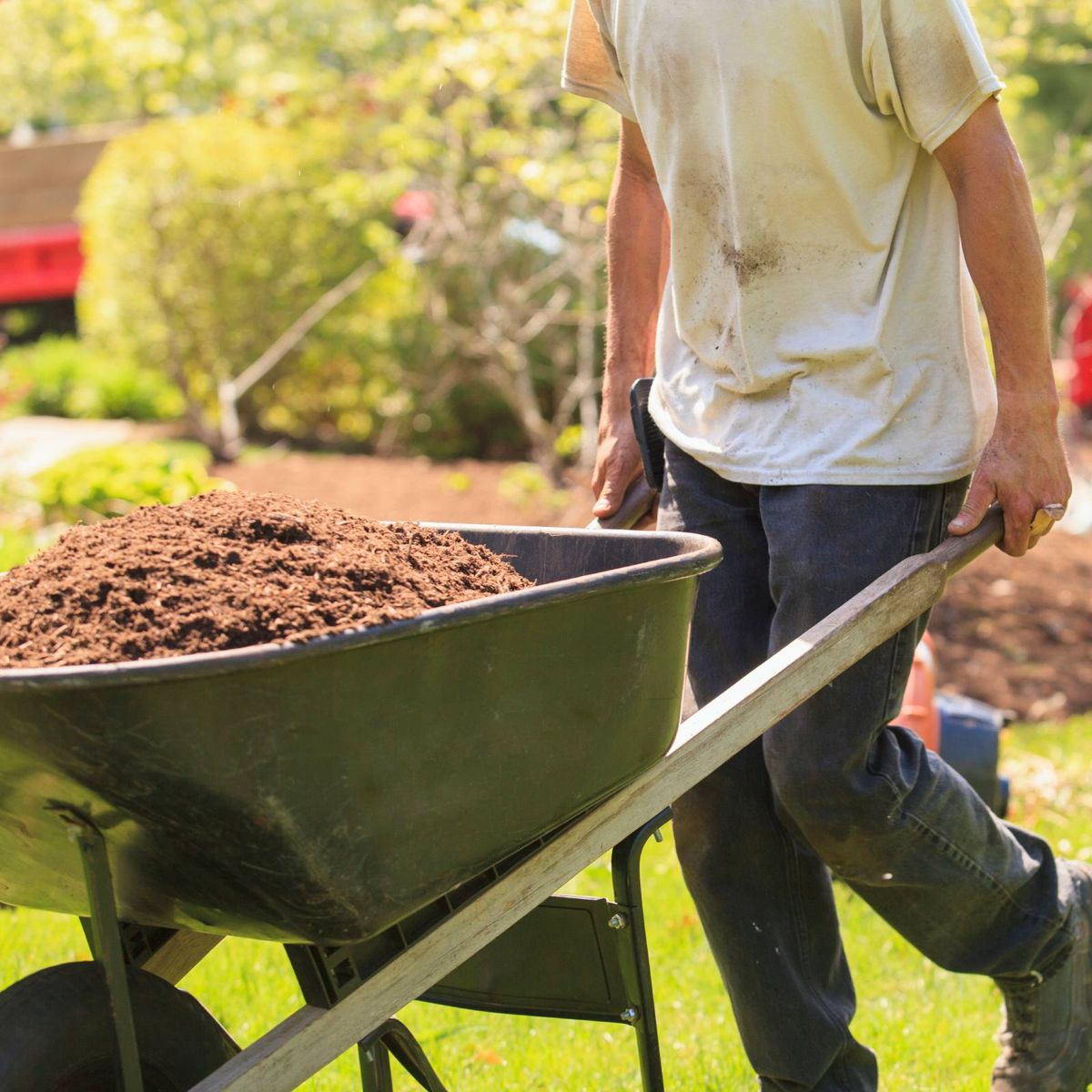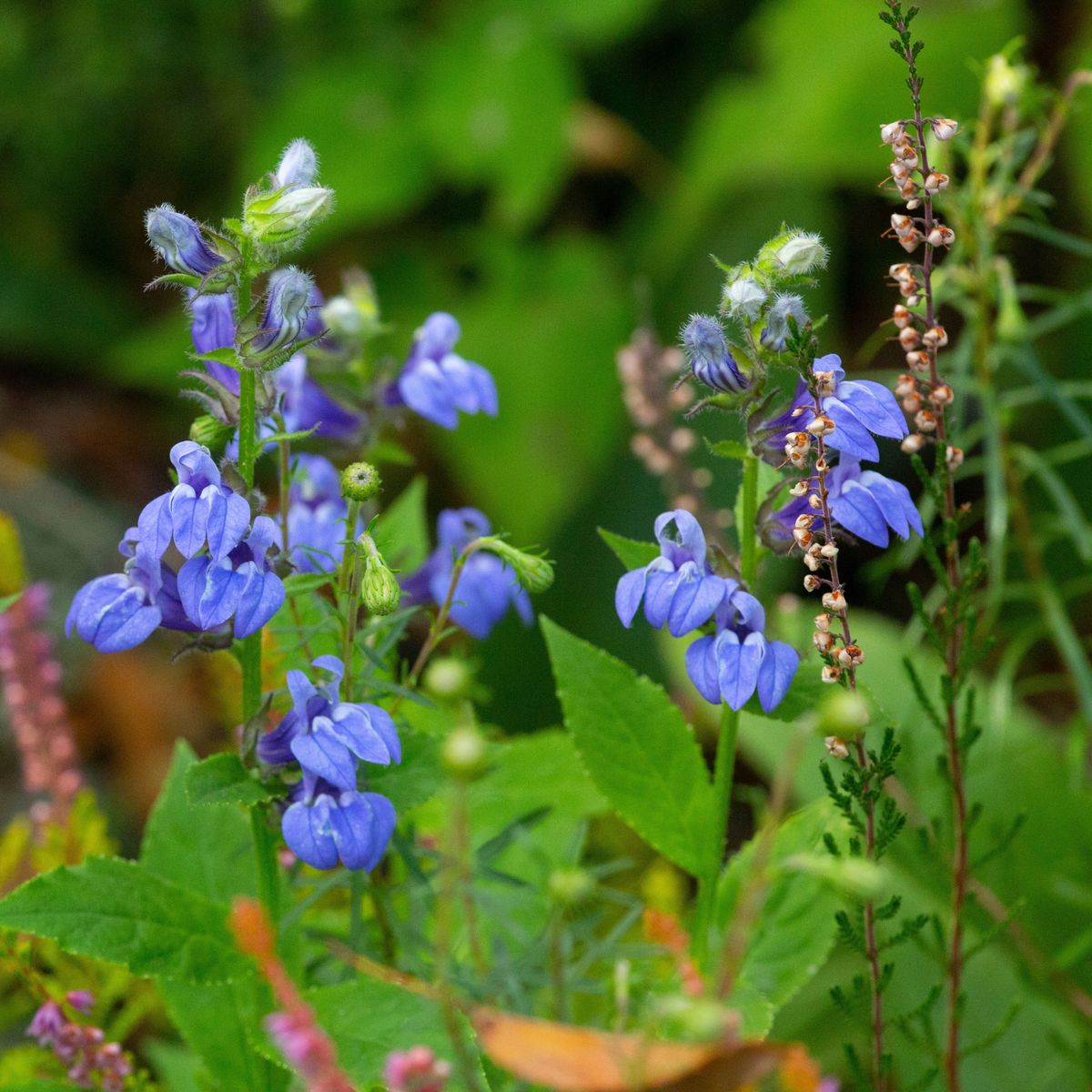The Arecaceae family has a whole host of unique plants from across the globe.
One of these is the Areca palm, formally known by the botanical name of Chrysalidocarpus lutescens. Now, this perennial Madagascar native is known as Dypsis lutescens (DIP-sis loo-TESS-enz).
“Areca Palms” are also known by several other names, including:
- Areca lutescens
- Bamboo Palm
- Butterfly Palm
- Cane Palm
- Golden Cane Palm
- Yellow Palm
Depending on whom you talk to, this plant is either relatively low-maintenance or high maintenance due to its need for a tropical environment.
However, growing one of these fascinating plants indoors or outdoors can be quite rewarding, and the more you put into one, the more it will give in return.
Areca Palm Care
Size & Growth
The areca palm is a slow-growing plant with a lifespan of up to 10 years.
A smaller, almost shrub-like plant, these palms will grow 6 to 10″ inches per year until they reach a mature height of 6′ to 12′ feet.
Indoor plants will not surpass this height and tend to be 6′ to 8′ feet wide, while outdoor specimens will continue to grow slowly to a height of up to 30′ feet and a spread of 8 to 15′ feet.
The smooth, silvery-green stems grow in clumps of usually 12 or less, with possible numbers ranging from a single trunk to 50.
These trunks are featherlike palm fronds measuring 6 ½ to just under 10′ feet long and containing 40 to 110 leaflets in clusters of 6 to 8 leaves.
The petioles curve upwards, leading to a shape many describe as resembling butterfly wings.
Flowering and Fragrance
Where you grow, an areca palm will dictate whether or not you’ll ever see its bright yellow flowers.
Indoor plants rarely bloom, but outdoor plants will show off their blooms throughout July and August.
These small flowers appear from beneath the leaves and give way to 1″ inch green to yellow, inedible oval fruits that turn bright yellow to orange.
Light & Temperature
One of the pitfalls new areca growers face is the difference in needs for indoor palms and outdoor plants, especially when it comes to light.
Indoors, an areca palm requires bright light and indirect light.
It will tolerate morning or evening sun. However, too much full sun will lead to scorched leaves and a yellowed trunk.
However, outdoor areca will prefer bright, filtered sunlight and have a much higher tolerance for full sun, although it should still be sheltered at the hottest part of the day.
NOTE: In south Florida Areca palms, are planted outdoors in direct sunlight.
Normal household humidity is often enough for these plants. However, they prefer a 40% – 60% humidity level.
If needed, augment with a humidifier or pebble tray to prevent brown leaf tips.
Butterfly palms can’t stand the cold, and sudden drafts or temperature shifts can damage them.
Outdoors grow them in USDA hardiness zones 10 to 11. They develop brown spots if the temperature falls below 55° degrees Fahrenheit.
Indoors, aim for a spot free of drafts that will remain between 65 and 78° degrees Fahrenheit.
Watering and Feeding
As with many tropical plants, you should avoid overwatering areca palm, as it will develop root rot.
Water outdoor areca palms when the soil surface has dried.
Container plants drain differently, so check with your finger and only water when the pot has dried 1 to 2″ inches down.
Always water at the base of the plant and never use tap water, as this plant is highly sensitive to fluoride.
Unlike its thirst, this palm likes plenty of food.
Fertilize with a balanced liquid houseplant fertilizer every 2 months from spring through early fall, pausing in late fall and winter.
Dilute the feedings according to the fertilizer packaging and reduce the dosage if you suspect the plant is getting too much.
Due to the higher needs, make sure that the fertilizer has plenty of micronutrients.
Soil & Transplanting
A loamy, well-draining potting soil is best for cane palm, and most tropical peat-based potting mixes will work well for potted plants,
Outdoors aim for rich and slightly acidic soil.
Amend both as needed with perlite or create your potting mix using equal parts coarse sand or perlite, peat, and pine bark.
Repot every 2 to 3 years to refresh the soil.
While the plant doesn’t mind being slightly root-bound, you may need to increase the pot to one size larger.
When transplanting, be very careful to disturb the plant as little as possible, as the roots are sensitive to touch and easily damaged.
Make sure the palm is planted to the same depth as before, gently packing the soil and giving the plant a deep watering afterward to help ensure the soil settles.
Do not fertilize for 2 months after repotting to give the plant time to recover.
Grooming And Maintenance
It’s a good idea to gently wipe off indoor fronds at least monthly to remove dust and encourage photosynthesis.
Trim back old fronds to maintain the desired size. Remove old fronds as needed.
How To Propagate Cane Palm
Outdoor palms will produce seeds for propagation, although this method isn’t popular for homeowners due to the amount of time and effort required.
Commercial growers do grow plants from seeds.
Butterfly Palm Pests or Diseases
This plant is neither cold nor drought tolerant.
It’s considered invasive in parts of southern Florida and the Pacific islands.
The biggest disease problems are lethal yellowing (caused by phytoplasma disease), root rot, and pest-bourne illnesses. Mealybugs and spider mites tend to be the most common pest issues.
Unlike many members of its family, the areca palm is considered non-toxic and safe around both pets and humans.
Dypsis Areca Palm Uses
When small, this plant is popular as a great floor specimen for homes, offices. Outdoors in south Florida, it has been used as a screen between homes.Due to its use as an ornamental, areca palms have earned the Royal Horticultural Society’s Award of Garden Merit.












